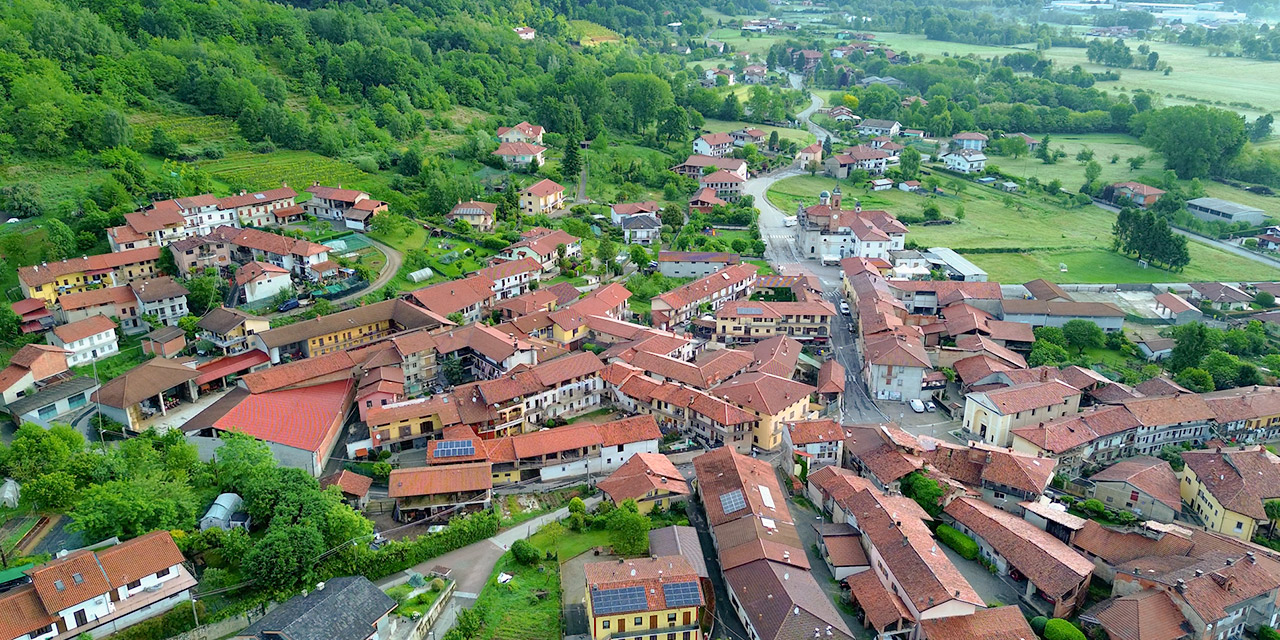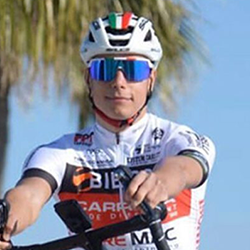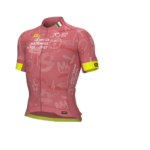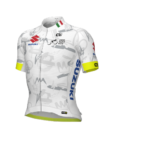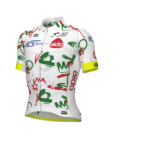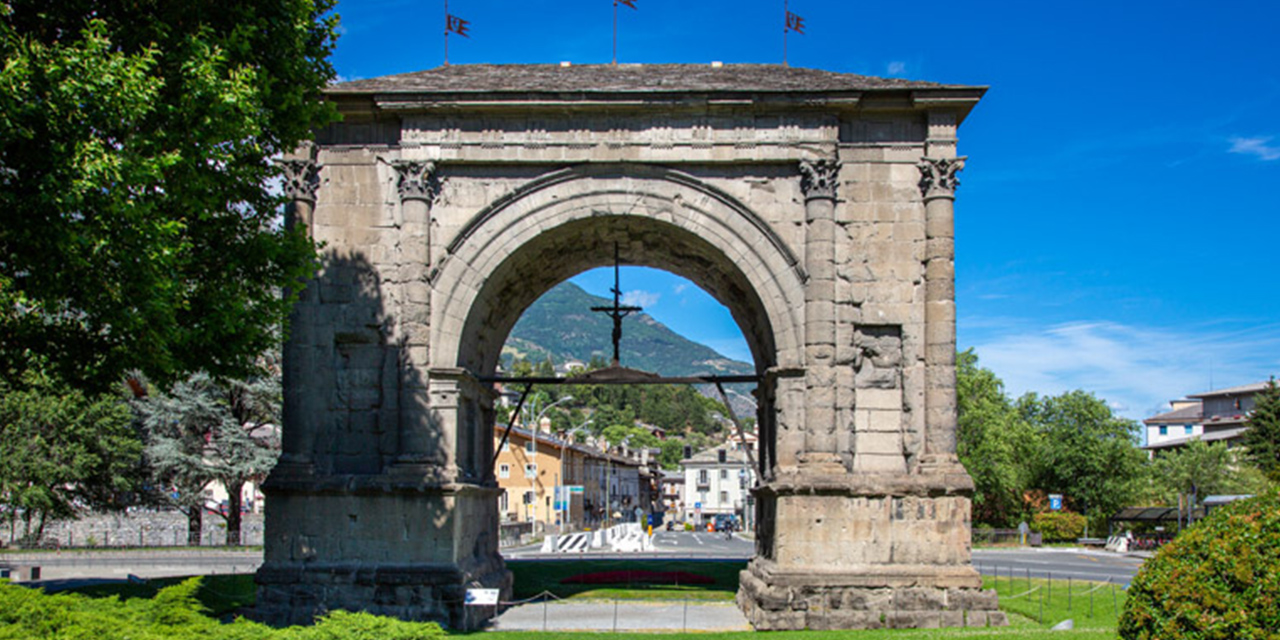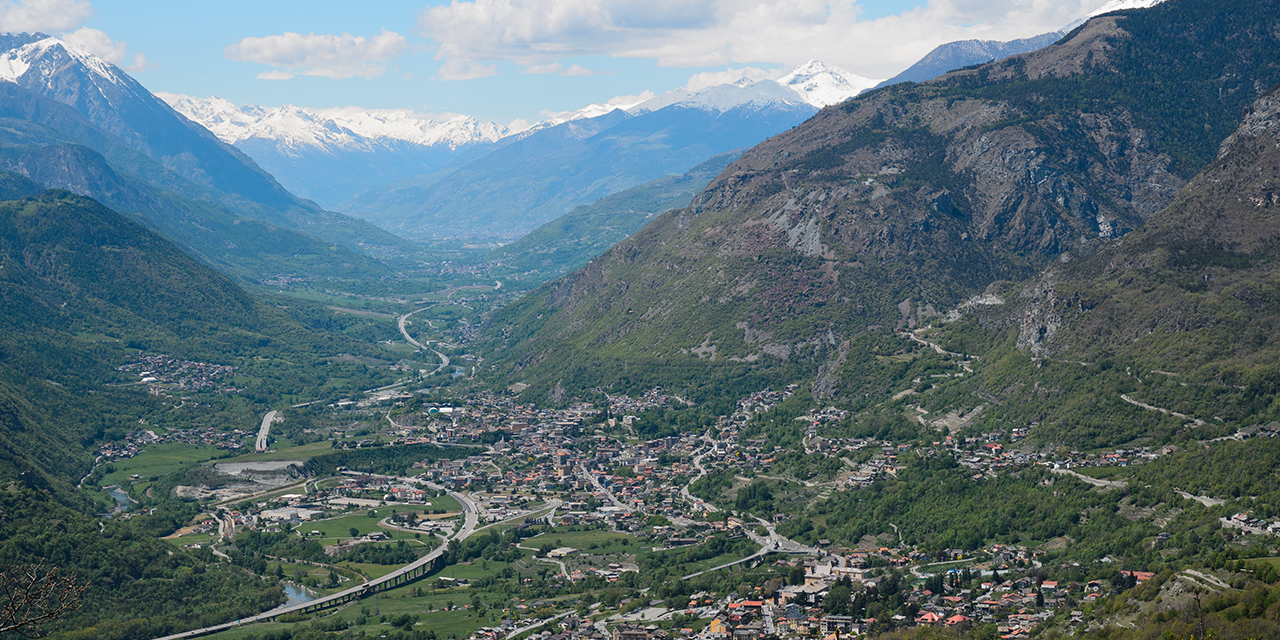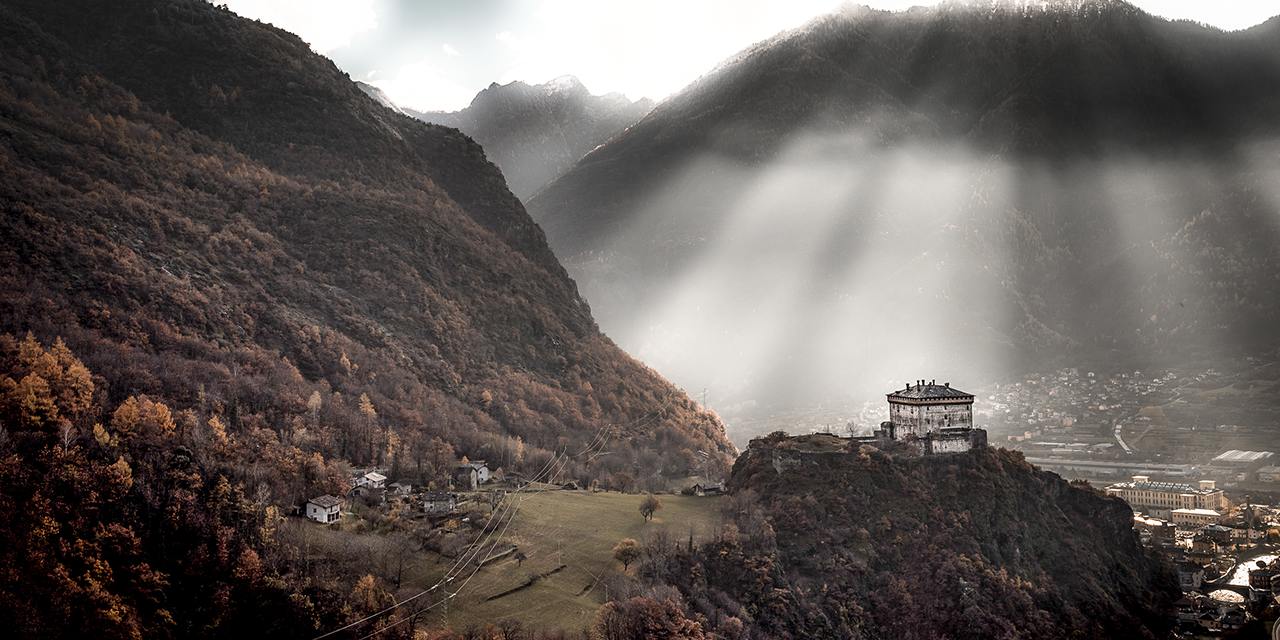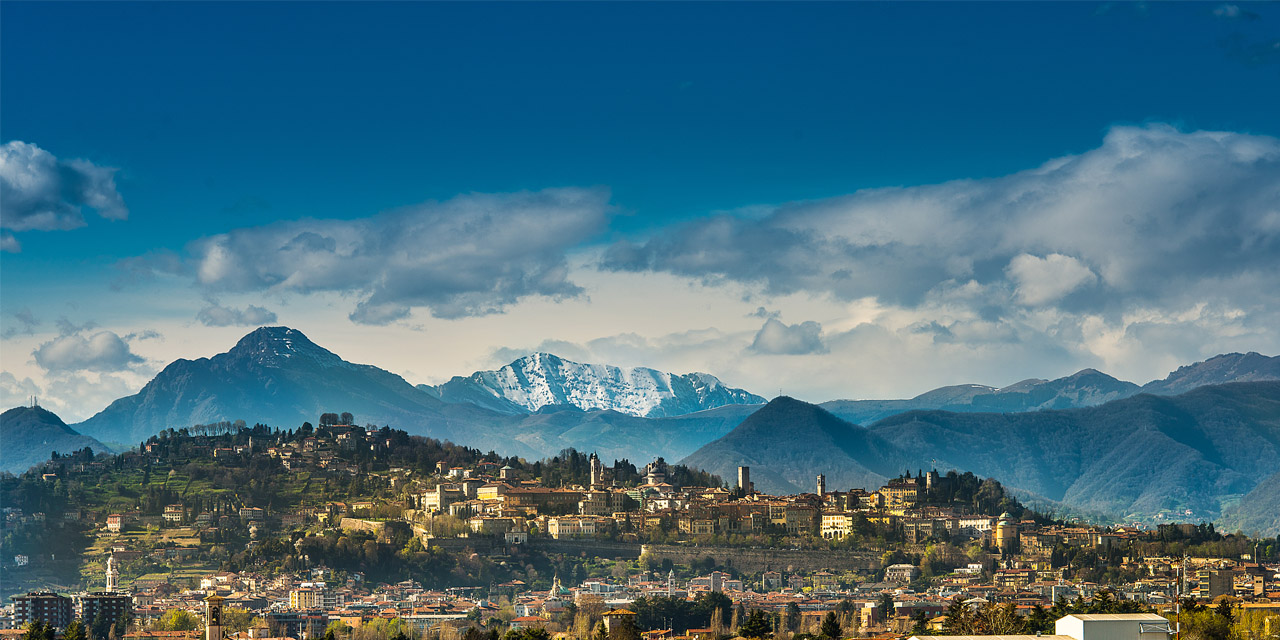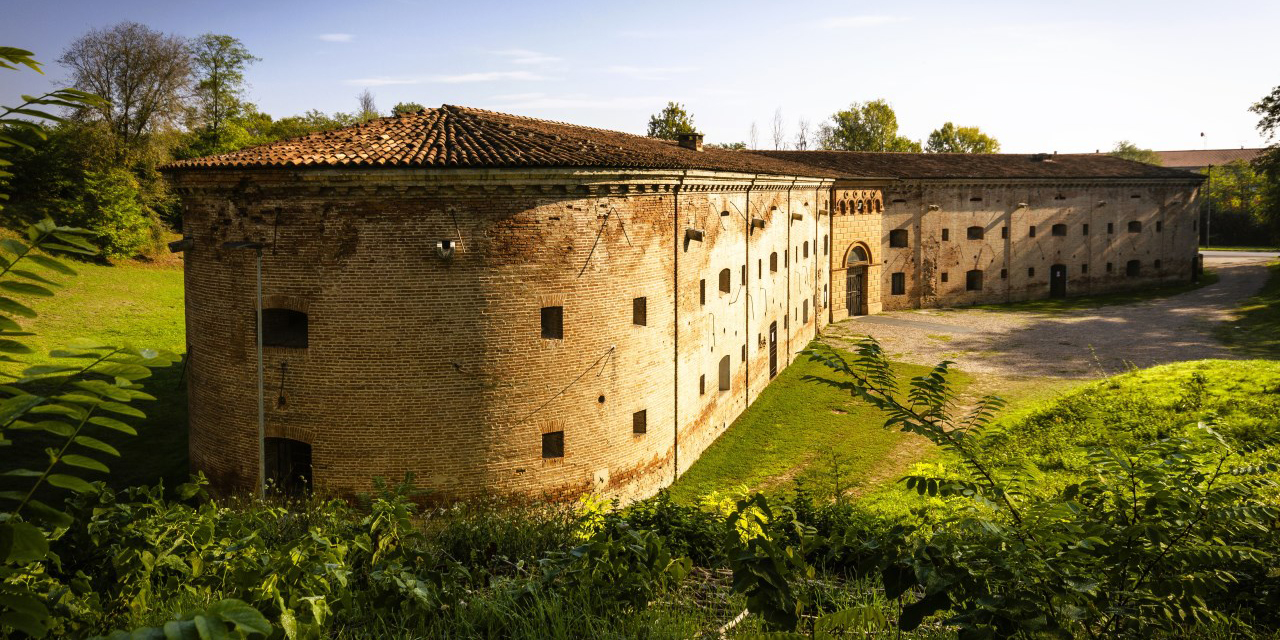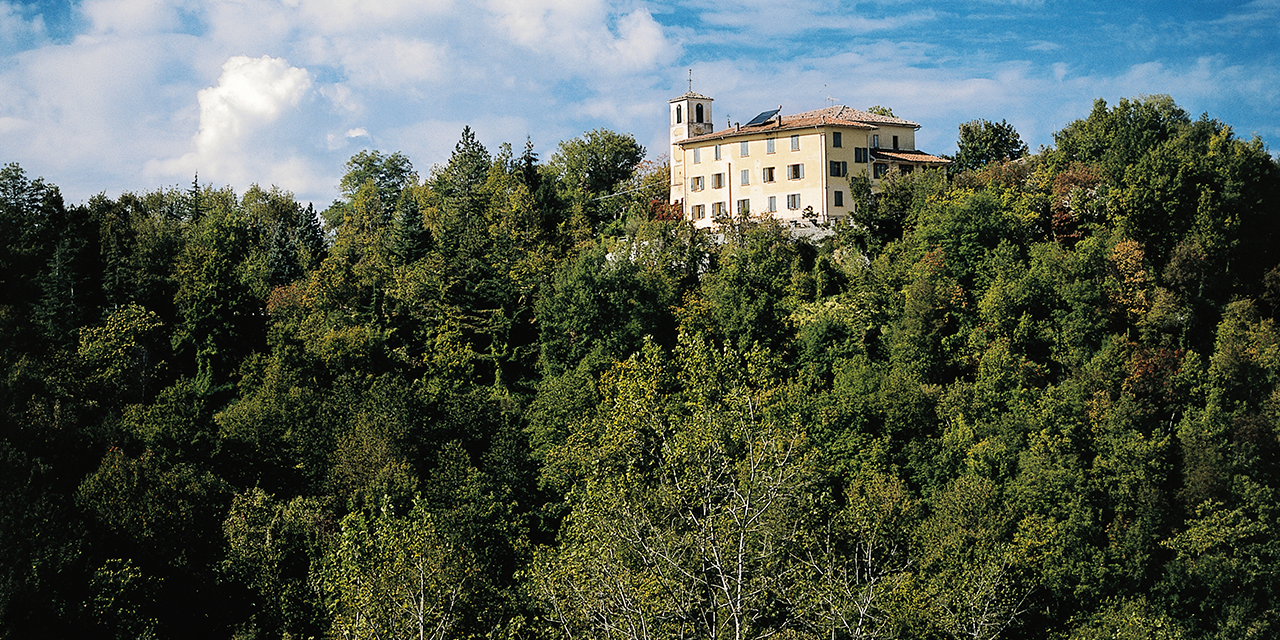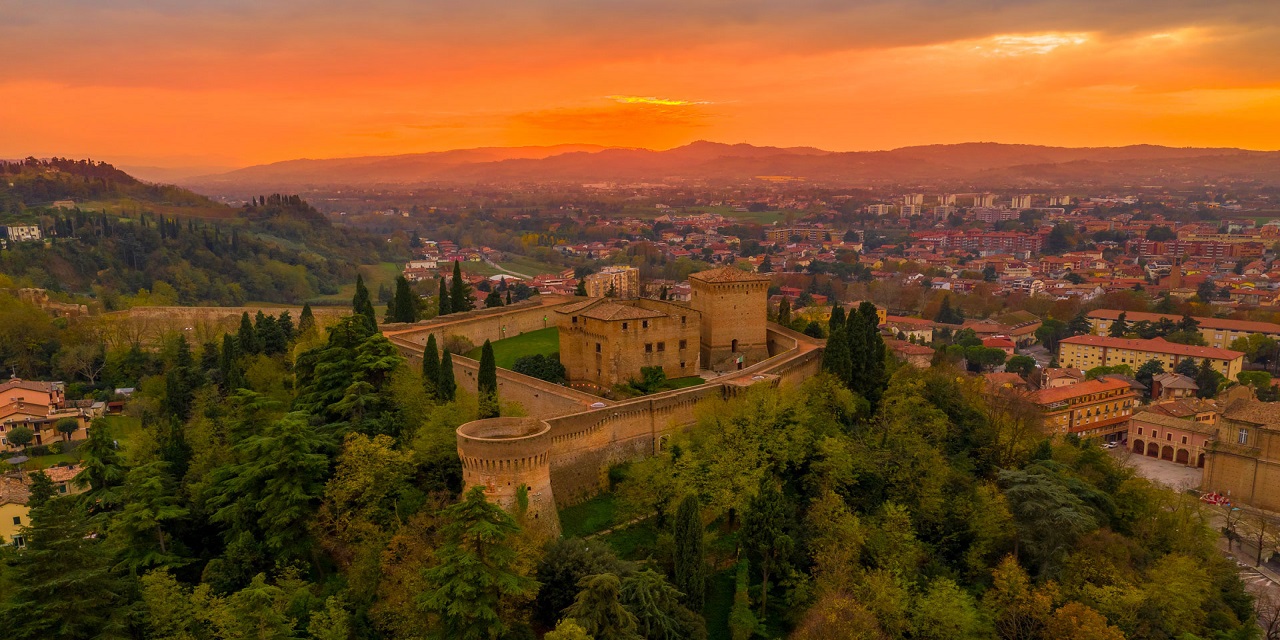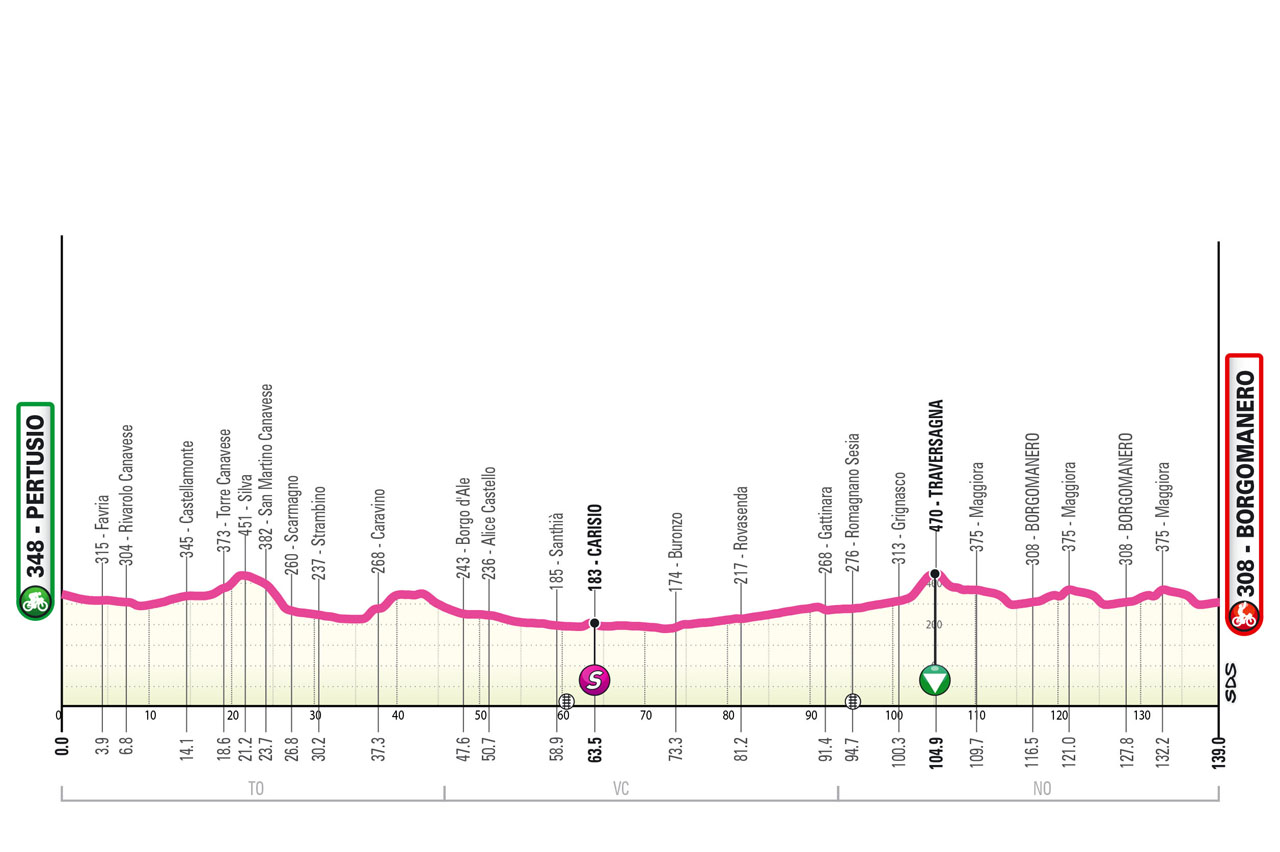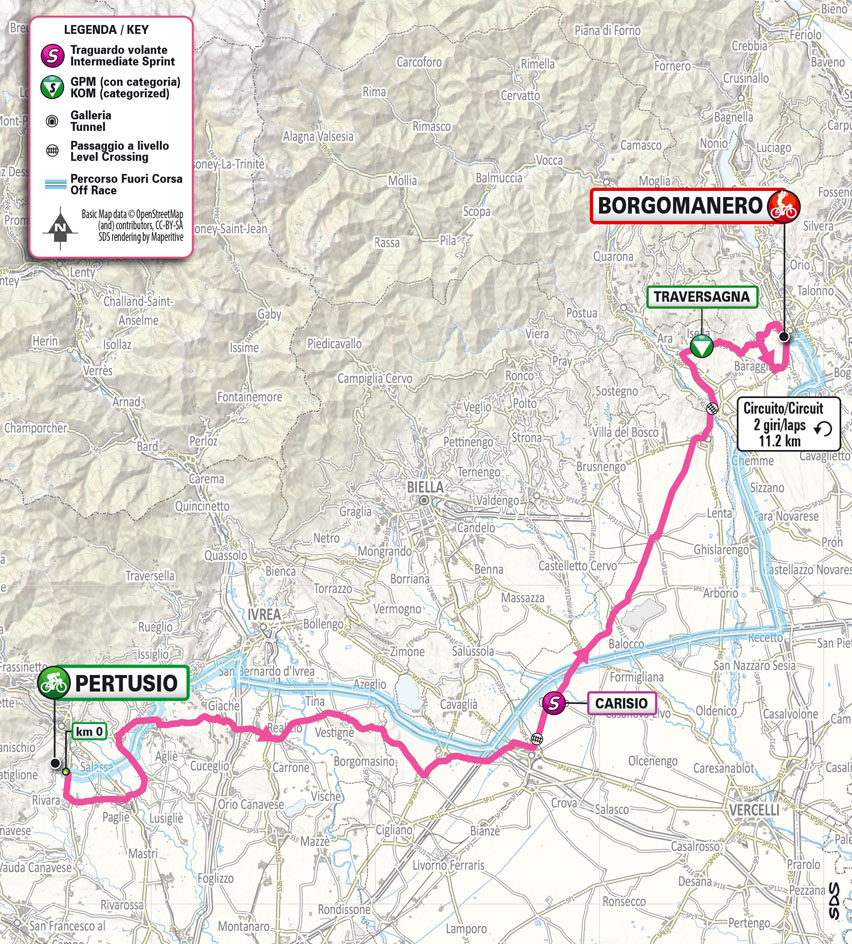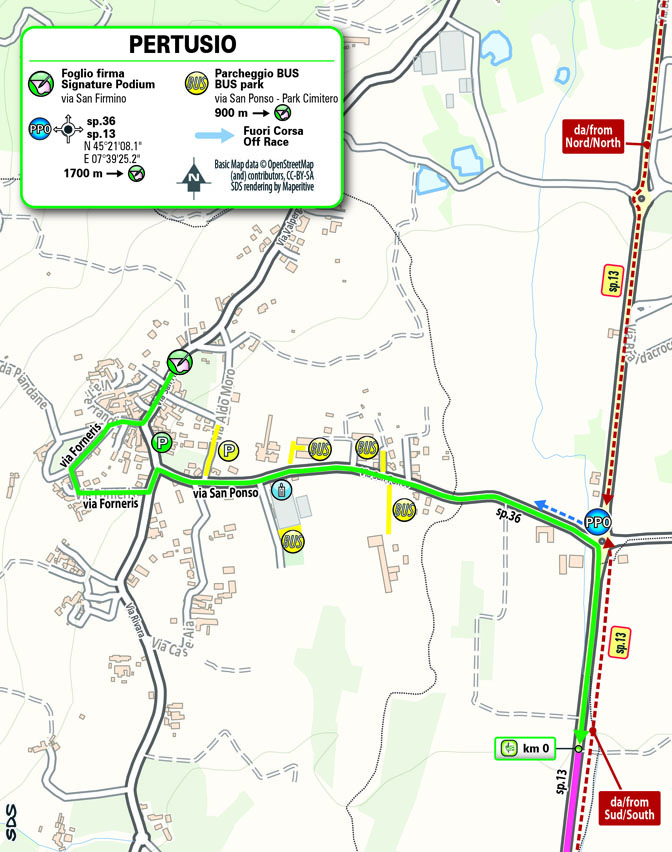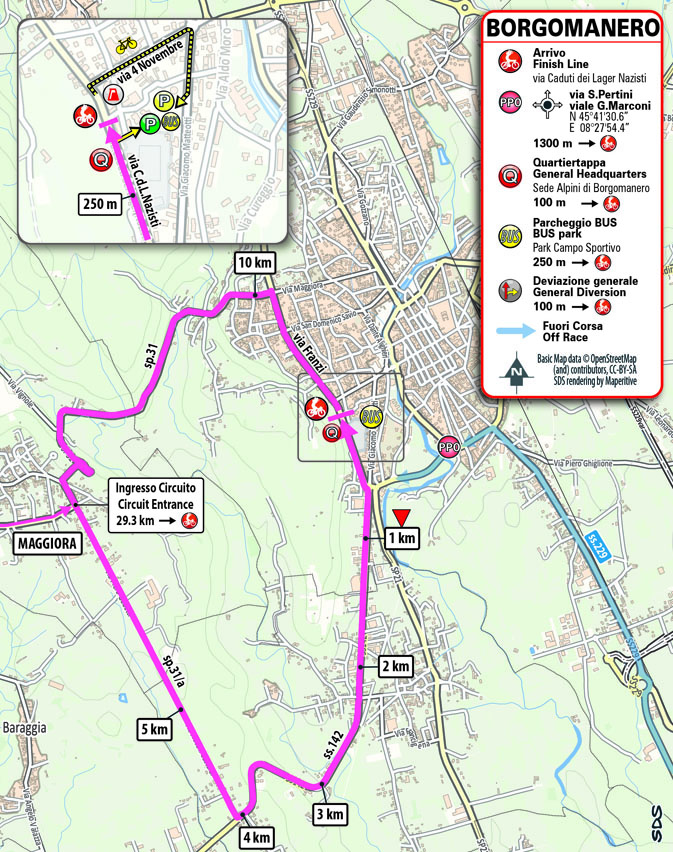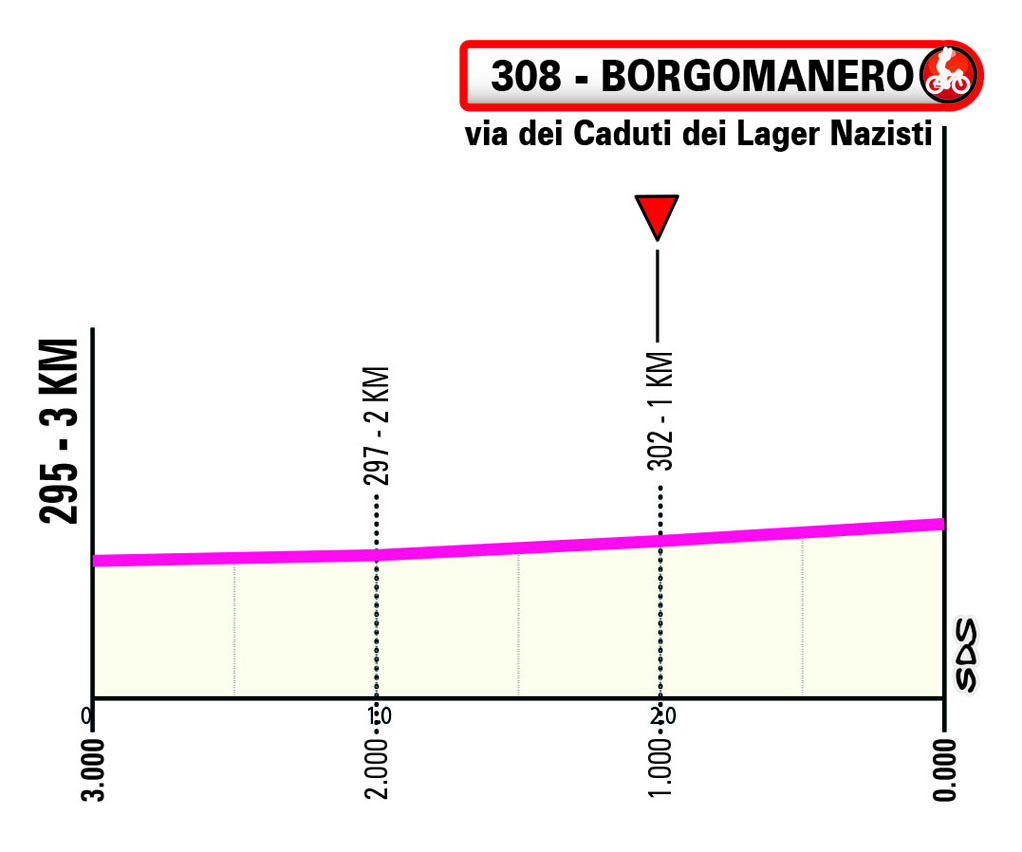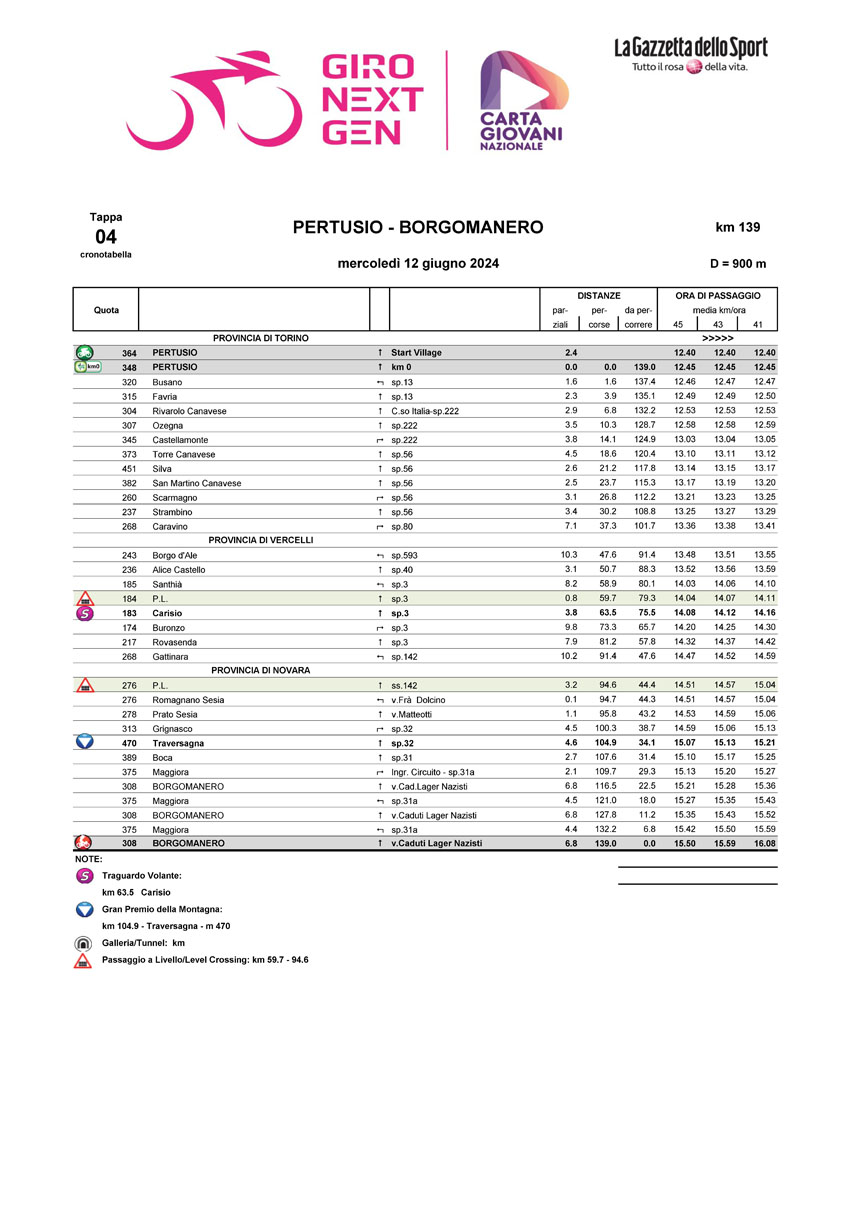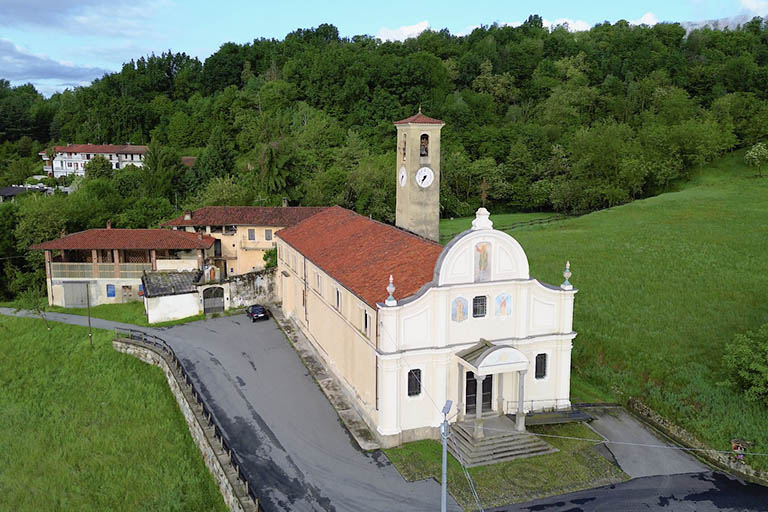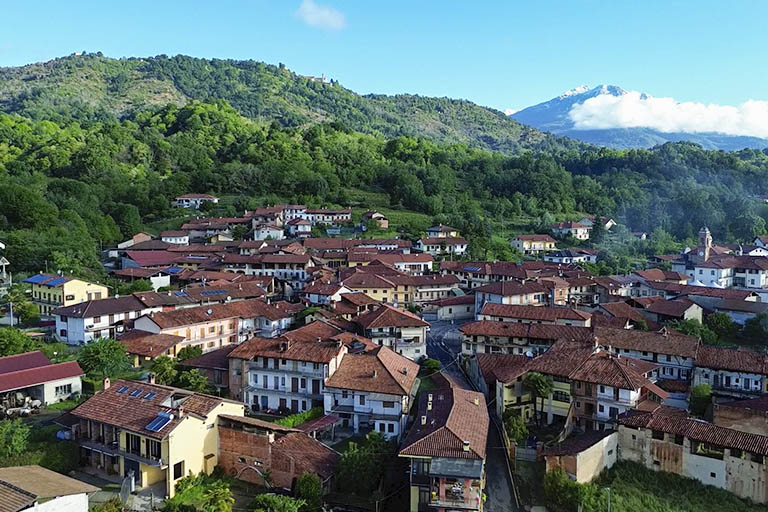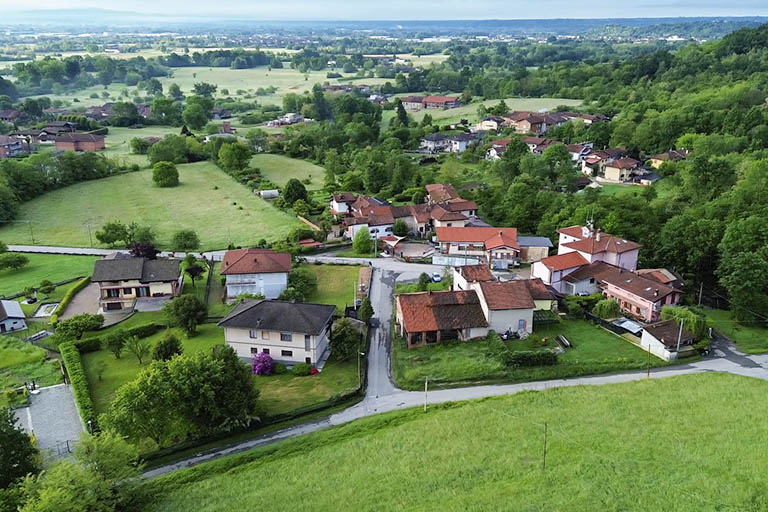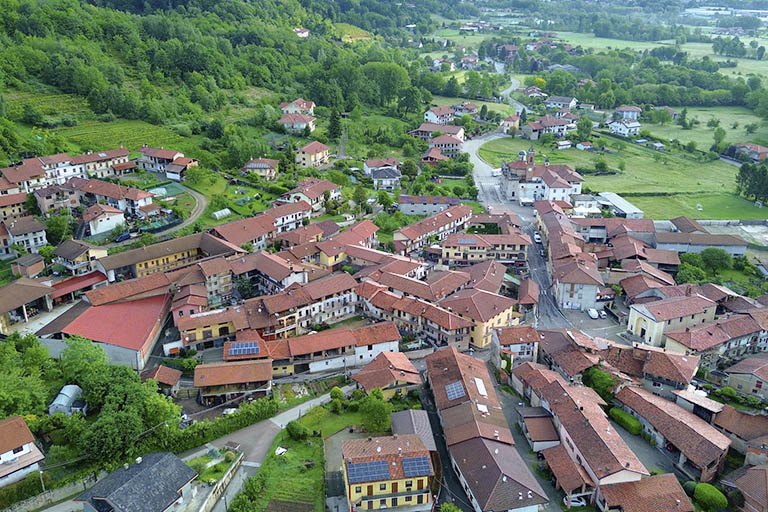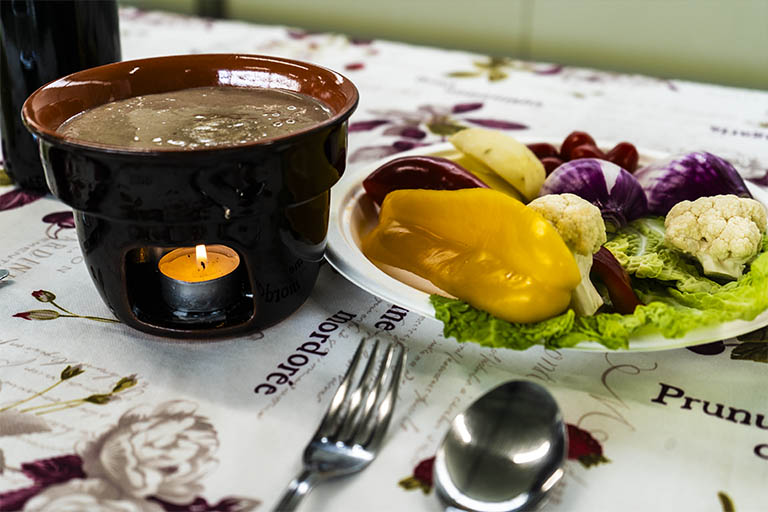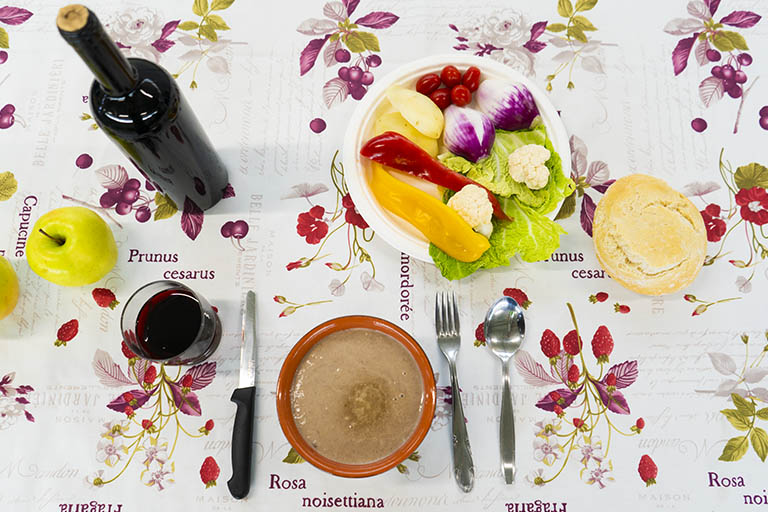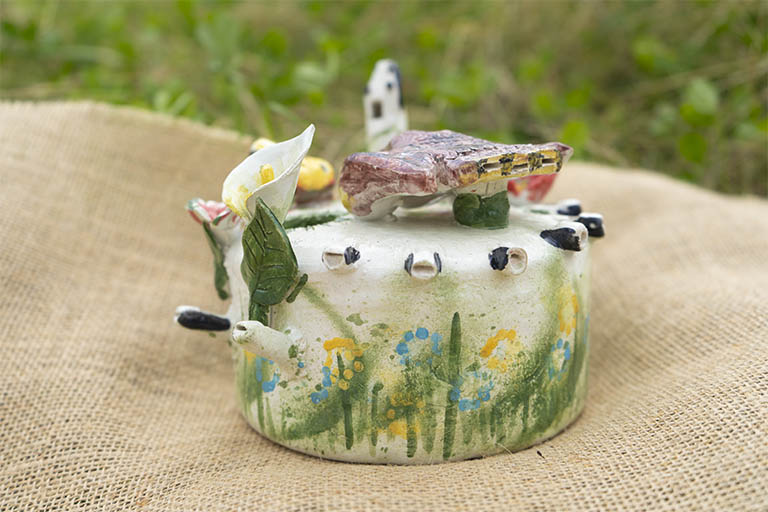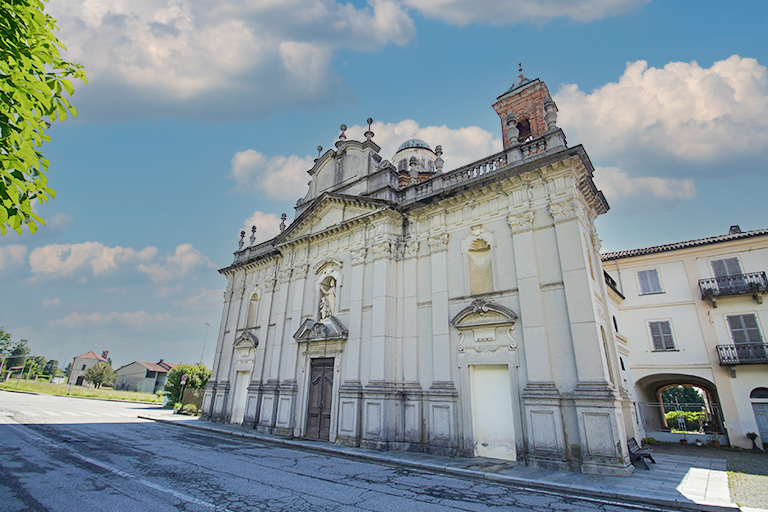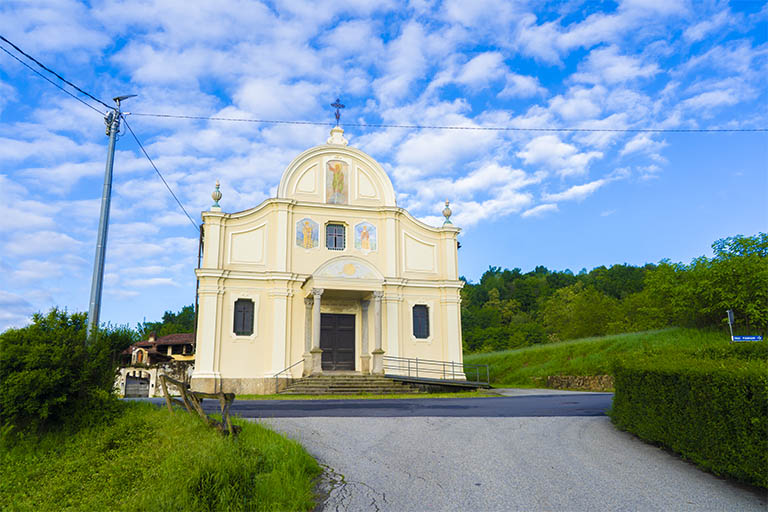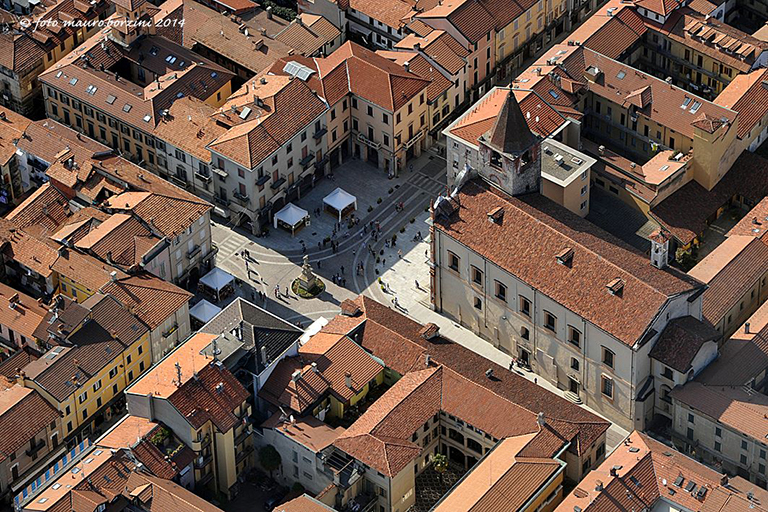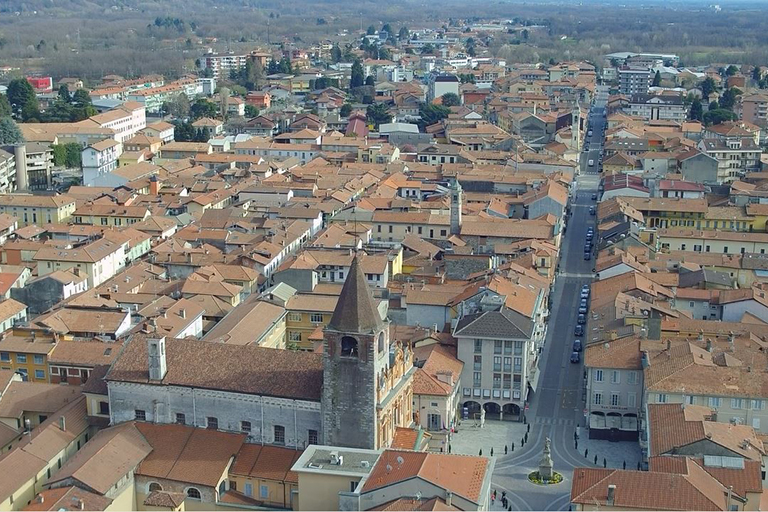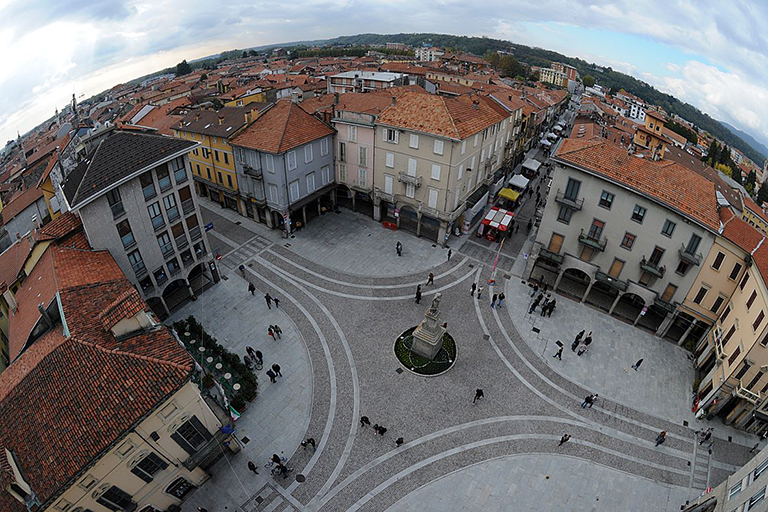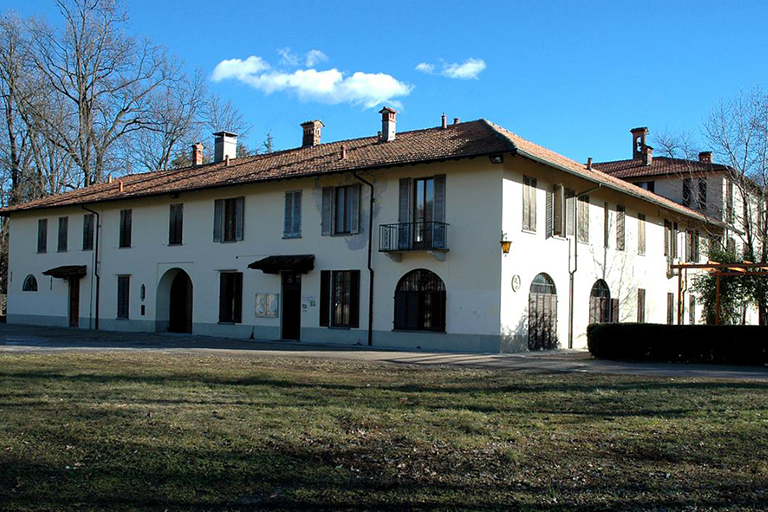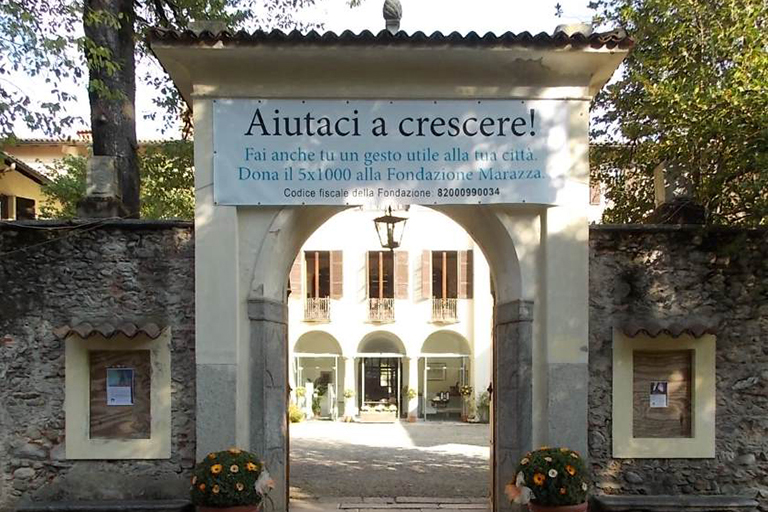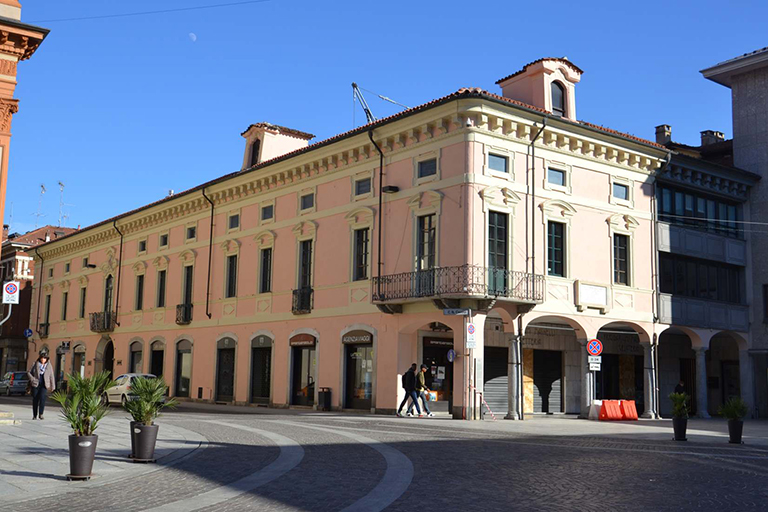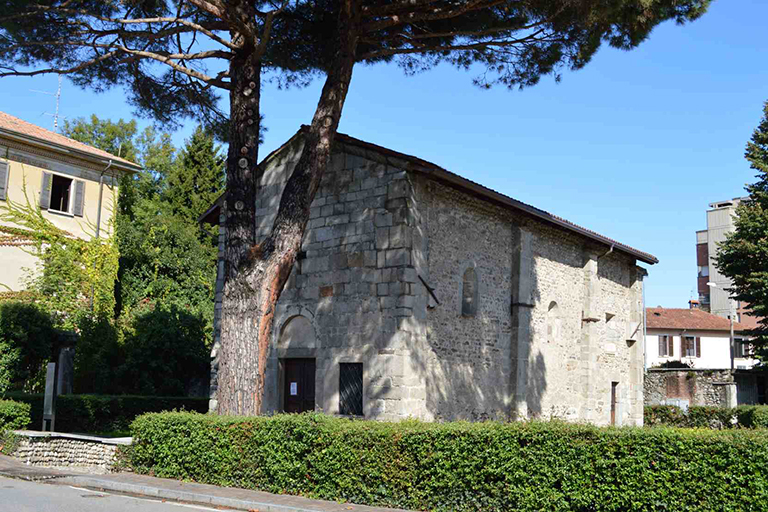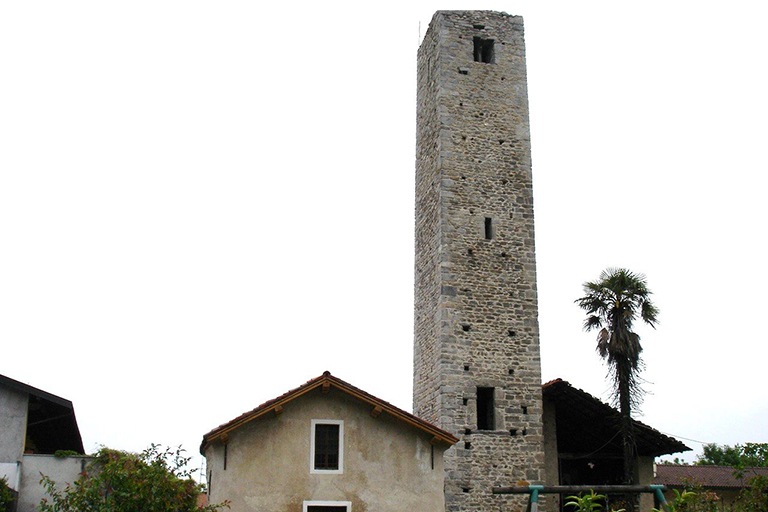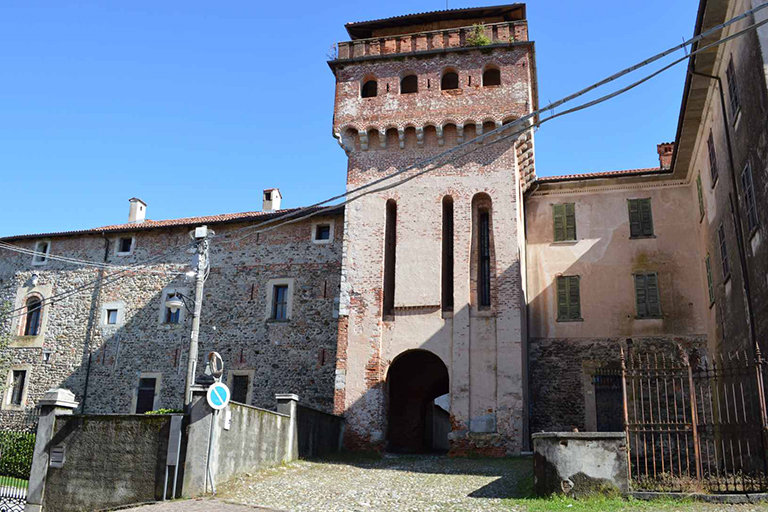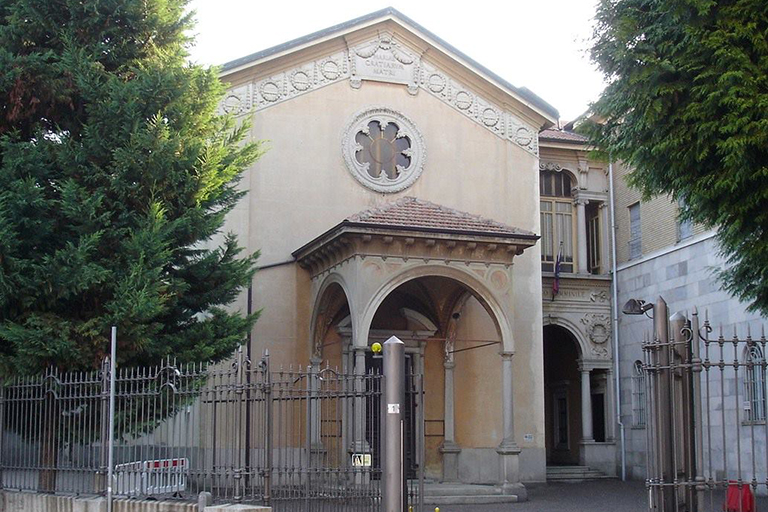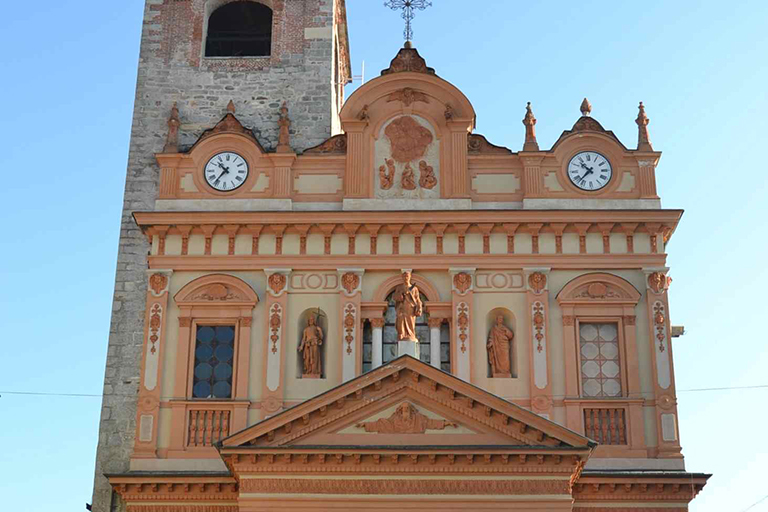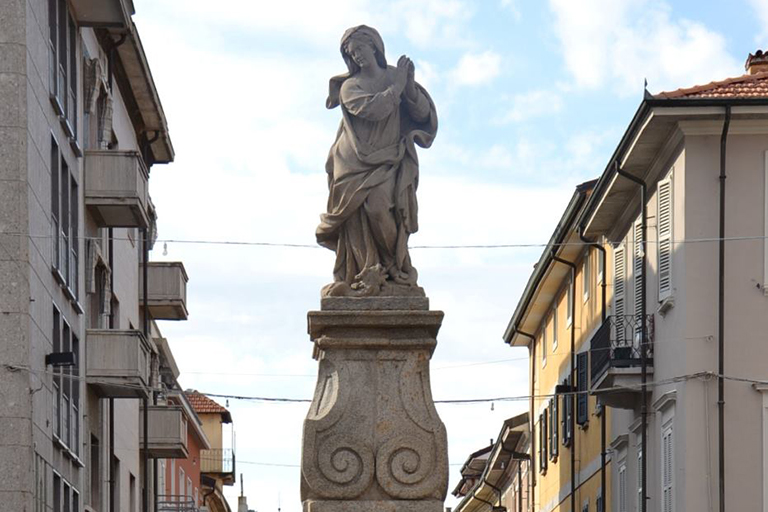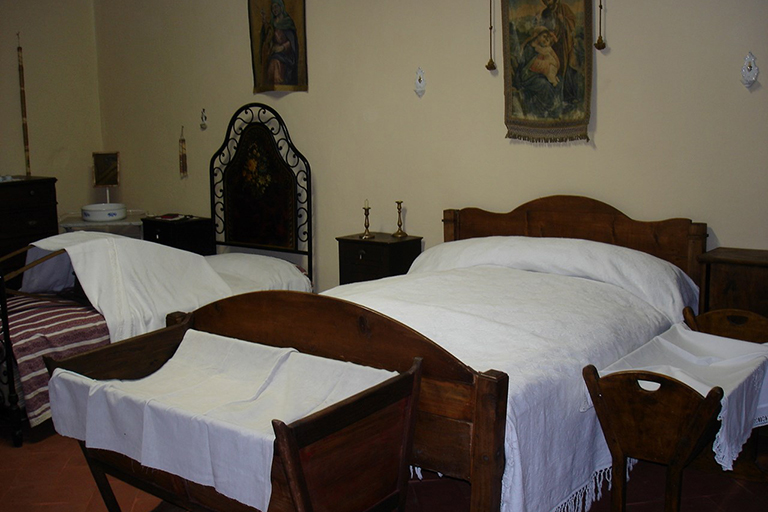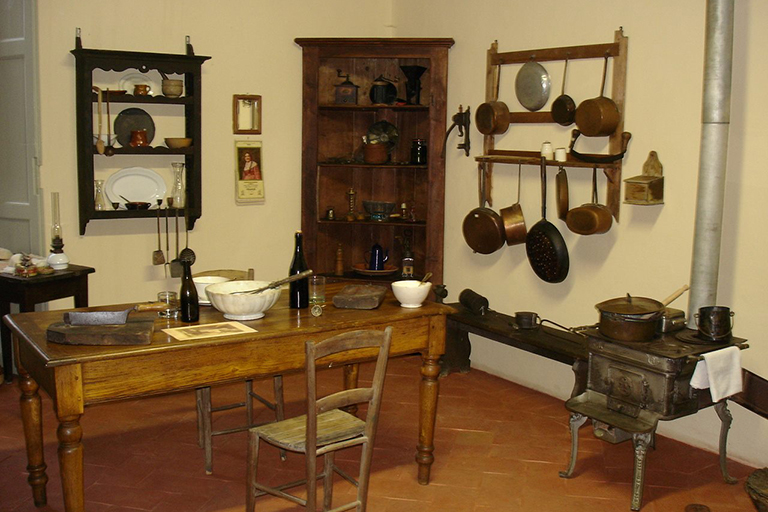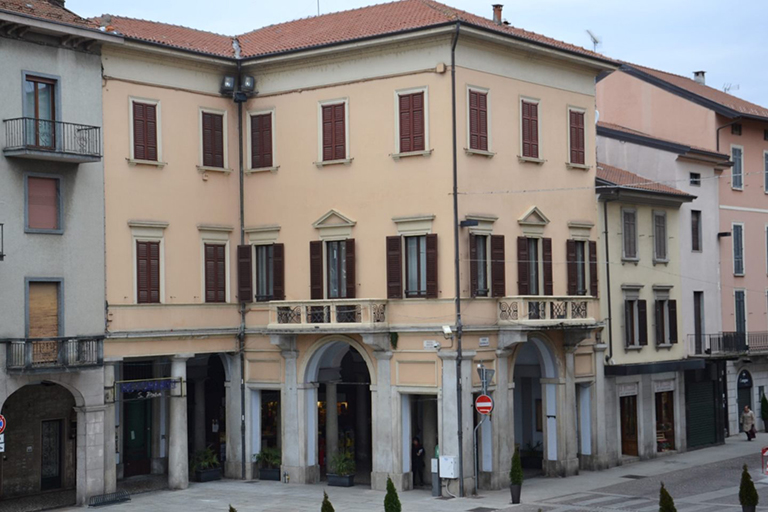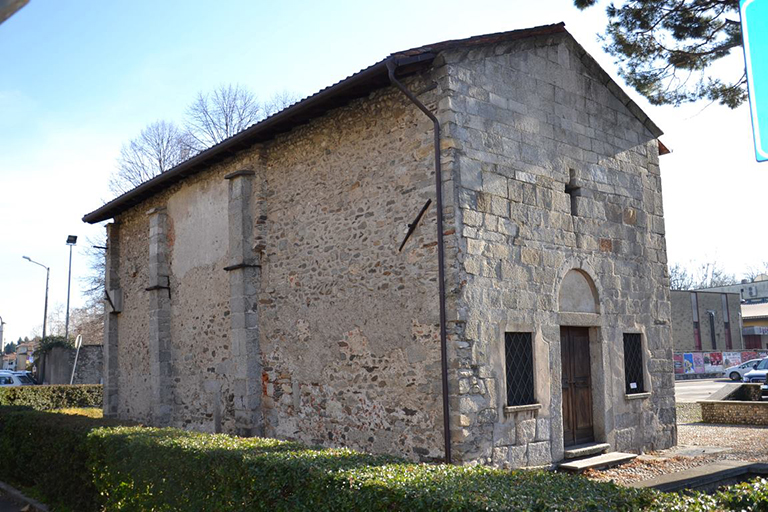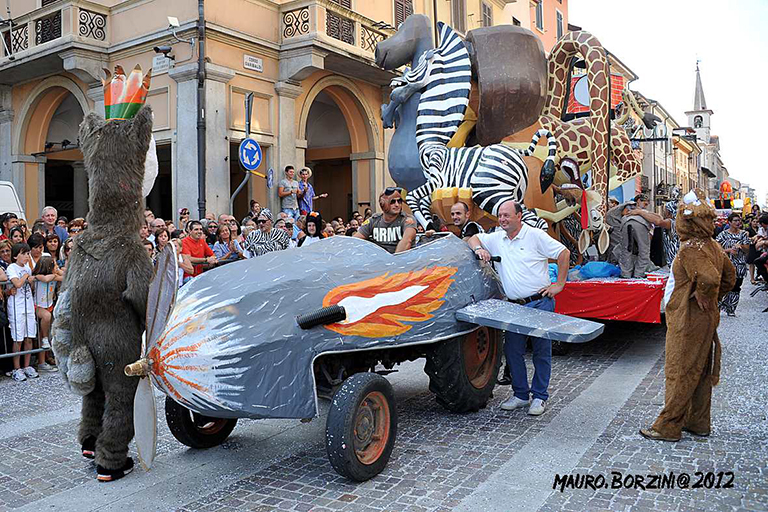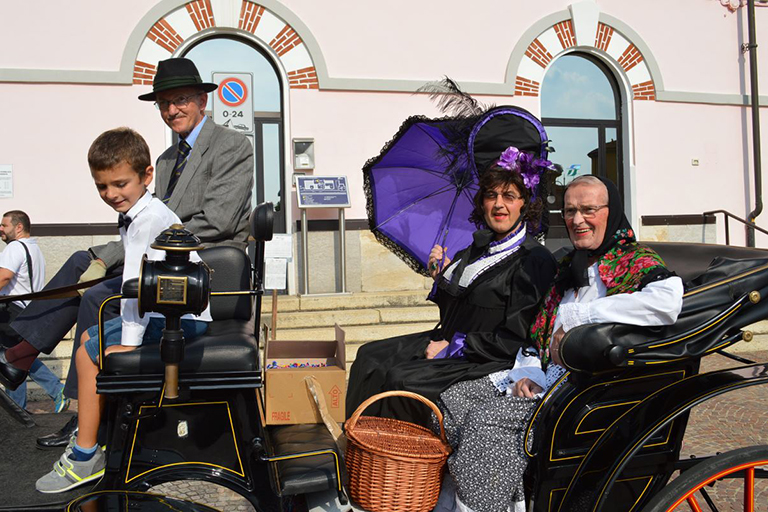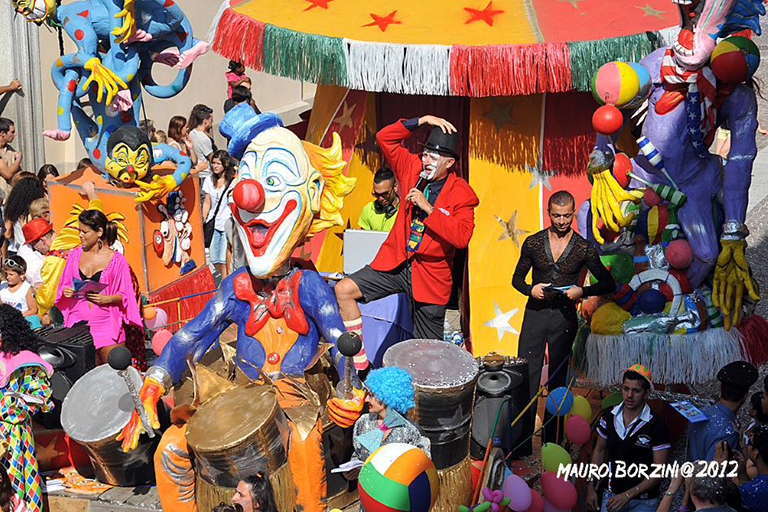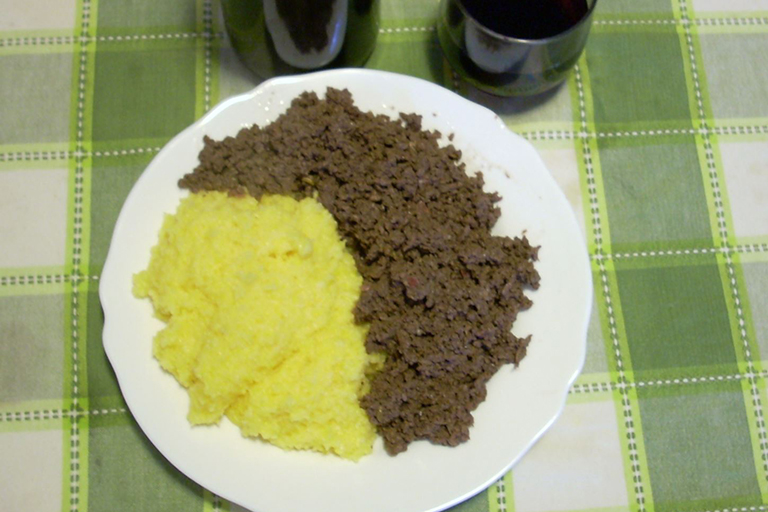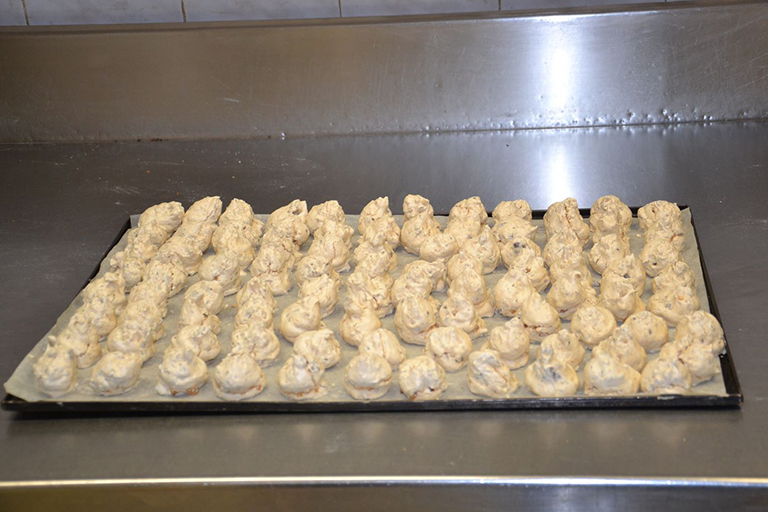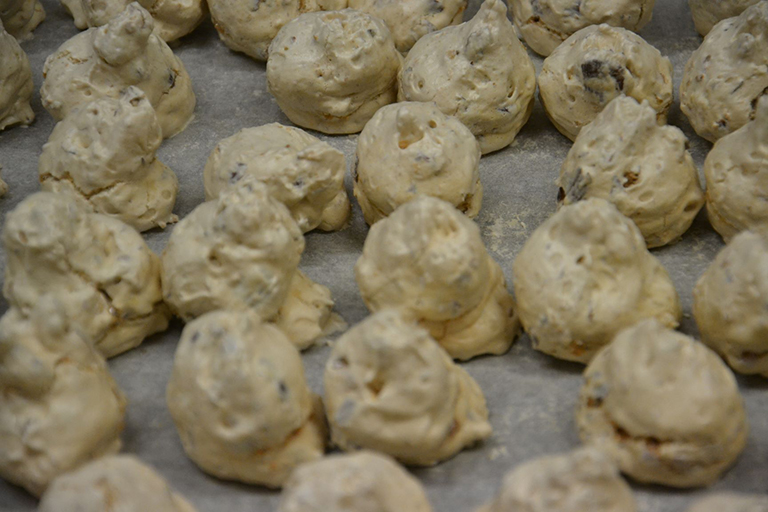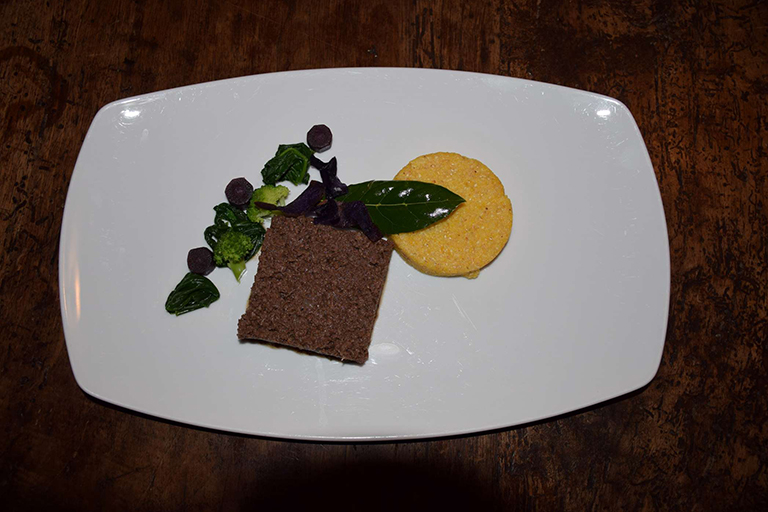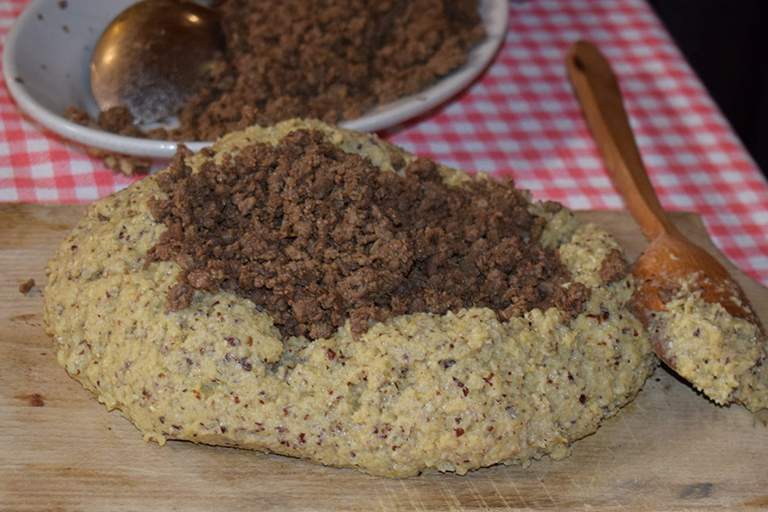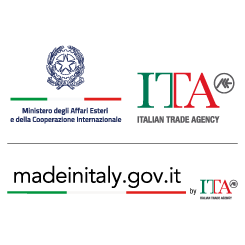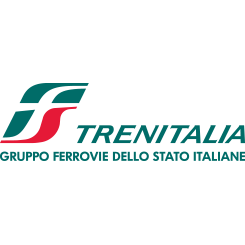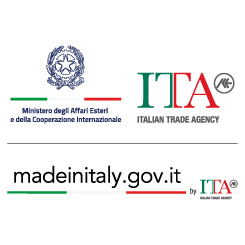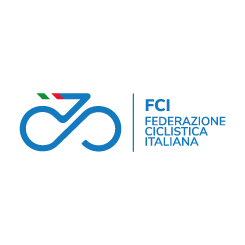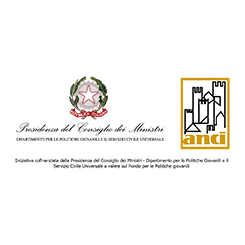learn more
technical info
profile
map
technical info
Almost entirely flat stage. The route crosses Canavese heading east to reach the Novara and Vercelli provinces, remaining on straight and essentially flat roads. Final circuit (11.2 km) slightly undulating.
Last kilometres
The final kilometres are slightly uphill on a false-flat road.
start / finish
final kilometres
itinerary timetable
tourist info
Host city:
Pertusio
Overview
Green, nature, fields, meadows and woods: it is Pertusio (Përtus in Piedmontese dialect), perhaps only for the number of inhabitants (approximately 750 inhabitants) small center in the Metropolitan City of Turin. Laid down on the first hilly slopes south of the Sacro Monte di Belmonte, where the namesake stands imposingly Sanctuary, a UNESCO heritage site since 2003, is an area of rural tradition, dedicated to vines, apples and cereals, with a strong link to religiosity: the Sanctuary of San Firmino and the church parish of San Lorenzo, located on a high hill, ideally delimit its boundaries, while the only mountain hamlet, Piandane, is a small village of houses halfway up the slope towards Belmonte.
Anyone arriving in the small town of Pertusio for the first time will immediately immerse themselves in meadows greenery, vegetable gardens and farmhouses and in the background you will admire a hill with various shades, topped by a rock granite and the Sacro Monte of Belmonte.
Food
Pertusio’s identity lies in the celebration of San Fermin, which takes place every year at the beginning of October.
A party and a fair that attracts visitors from all over the Canavese area, the mountain valleys and the rest of the Region. In the past, this was the last of the patron saint festivals that took place in the Upper Canaves area during the summer, the last before the winter isolation for those who lived in the small villages of the plains and mountains.
Due to the large influx of worshippers, the celebrations continued throughout the month. Since the early 1900s, the religious festival of San Fermin has become increasingly rich in civil activities; the market, the agricultural and livestock fair, the traditional ‘’bagna caoda’’ for pilgrims and travelers, the terracotta whistle contest and exhibition.
Bagna caoda (literally “hot sauce”), a traditional dish, is made with anchovies, oil and garlic and used as a dip for fresh autumn vegetables.
Along with the San Fermin celebrations, it has become the typical dish of Pertusio and anyone who goes to visit the town can taste it at the local commercial establishments or buy it to take away at any time of the year, especially at the Berta Restaurant – Bakery, historic local town, known for its wood-fired oven and a long family tradition.
The Municipality, in agreement with the local Proloco, recently asked the Pimonte Region to recognize Pertusio as ‘’The village of Bagna Caoda’’ of the Province of Turin.
Definitely typical of the area are torcetti and pasta ‘d melia (ancient wheat flour or smoked corn), typical desserts of the Canavese tradition, to be accompanied with a good glass of zabaglione or Erbaluce di Caluso (DOCG, the most renowned wine of the territory).
But food and wine finds in Pertusio an ancient, hard-to-find product: a variety of clod apple, called “firminella”, typical of the city’s orchards.
The Canavese winemaking tradition is also experiencing a rebirth today thanks to the projects of the town’s young people; the most common vine varieties are barbera and freisa.
Points of Interest
Pertusio is certainly an excellent destination for nature excursion enthusiasts, from the center of the town you can first reach the Piandane hamlet, the highest in the municipal area and subsequently one of the Sacred Mountains of Piedmont: the Sacro Monte di Belmonte (Heritage of UNESCO), within the Regional Park.
The area is full of marked trails that can be explored on foot or by mountain bike.
Belmonte became the arrival and departure point of the Cammino di Oropa Canavesano, a route that connects the two Sanctuaries. The historical devotional route starts from the center of Valperga and goes up the hill, passing the medieval Church of San Giorgio.
On September 21st and 22nd Pertusio will host its first bike festival, dedicated to all disciplines of the cycling world, with time trial, gravel, mountain bike, BMX and activities for children.
Pertusio links his name to his sanctuary. The history of the Sanctuary and the devotion to the saint (protector of soldiers) dates back to 1525. Tradition says that after the battle that took place near Pavia in 1525, where the spaniards of Charles V defeated the french of Francis I, a French officer crossed into Piedmont to return home. Once he arrived at Pertusio, he fell seriously ill, but through the intercession of San Fermin, bishop of Amiens, highly revered in his country of origin, he recovered his health. Out of gratitude, he then had a sacred memorial (still preserved today) with the saint’s image and spread his devotion.
At the end of 1600 there was already a small chapel, which was enlarged in 1736, at the expense of the population. Further extensions were made in 1819, 1824, 1856.
The two domes are beautiful and harmonious, full of momentum, and the entire architectural structure is original, established according to the traditional criteria of the Juvarra School.
The current interior shows delicate decorations by Boasso, and in the main dome are four medallions with the life of the saint, by Siffredi.
The façade was rebuilt in 1925 based on a design by the architect Gallo in a classical monumental style.
The marble statue of San Fermin blessing the soldier is made by the sculptor Cerini.
An old Enel cottage became “Pertusio’s Summery” for a year now. Thanks to the idea of Sarah Bowyer, international artist and professor at the Academy of Fine Arts, the four facades of an old electricity cabin became the palette on which to tell the traditions and legends of the country: a tourist guide for adults and children.
Borgomanero
Overview
Borgomanero is a modern citytown, with a marked storic and cultural identity.
It present itself as a balanced synthetis of the variety of the landscapes and economic orientation of the area, a place of meetings between local realities and the influence of the major towns beyond-Ticino.
The urban layout, built on a late medieval model, seems to represent is balanced capability; The fact of being a natural crossroad that led from Novara to Orta Lake and Sempione, and from Turin and Valsesia to reach Maggiore Lake, is the main reason of the birth of the Town of Borgomanero, destined to become a point of reference for the trade market and commercial interests.
The city extension is 32.36 square kilometers (308 meters above sea level) on Agogna river shores. Is under Novara province at exactly 30 kilometers of distance. It counts over 21 thousand people.
The Column of the immaculate conception from 1721, is the symbol of the city.
Particular importance has to be given to the commercial sector. One of is highlights is the market on Friday, one of the oldest in Piemonte.
The city has is maximum folklore expression the first week of September with the typical Grapes Celebration (festa dell’uva).
Born as a sign of popular tradition, bonded with viticulture, the first edition was in September 1936. During this period of time, 2 citizens wear the masks of the Town: la Sciòra Togna e la Carulèna while the major gave to them, at the beginning of the celebration, the keys of the city.
Another great tradition in Borgomanero is the Donkey Race (palio degli asini) a challenge between every districts on the back of the animals.
Food
On gastronomic side, Borgomanero count is part as “Wine cities”; the traditional dish is Tapulone, donkey minced meat cooked in red wine; as typical dessert has “Brutto ma Buono” produced from 1869 made with sugar, egg white and almonds.
Videos Stage 04
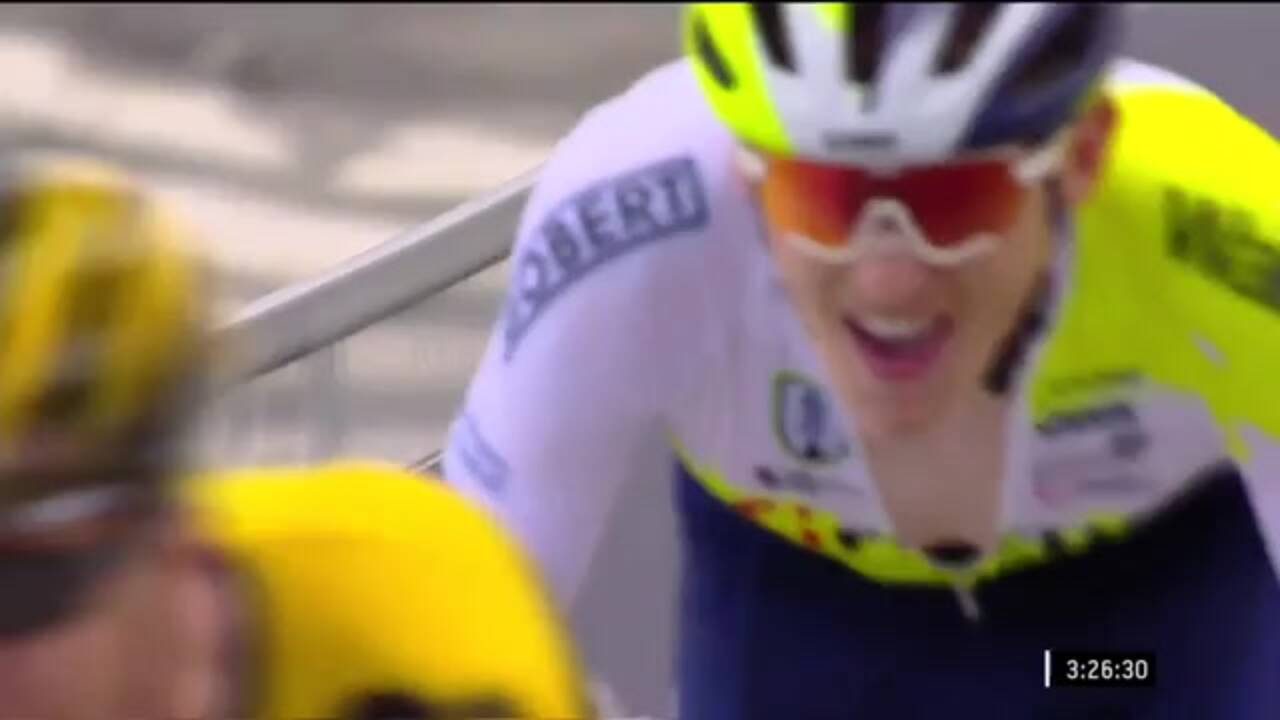
Giro Next Gen 2023 | Stage 4| Highlights
14 Jun 2023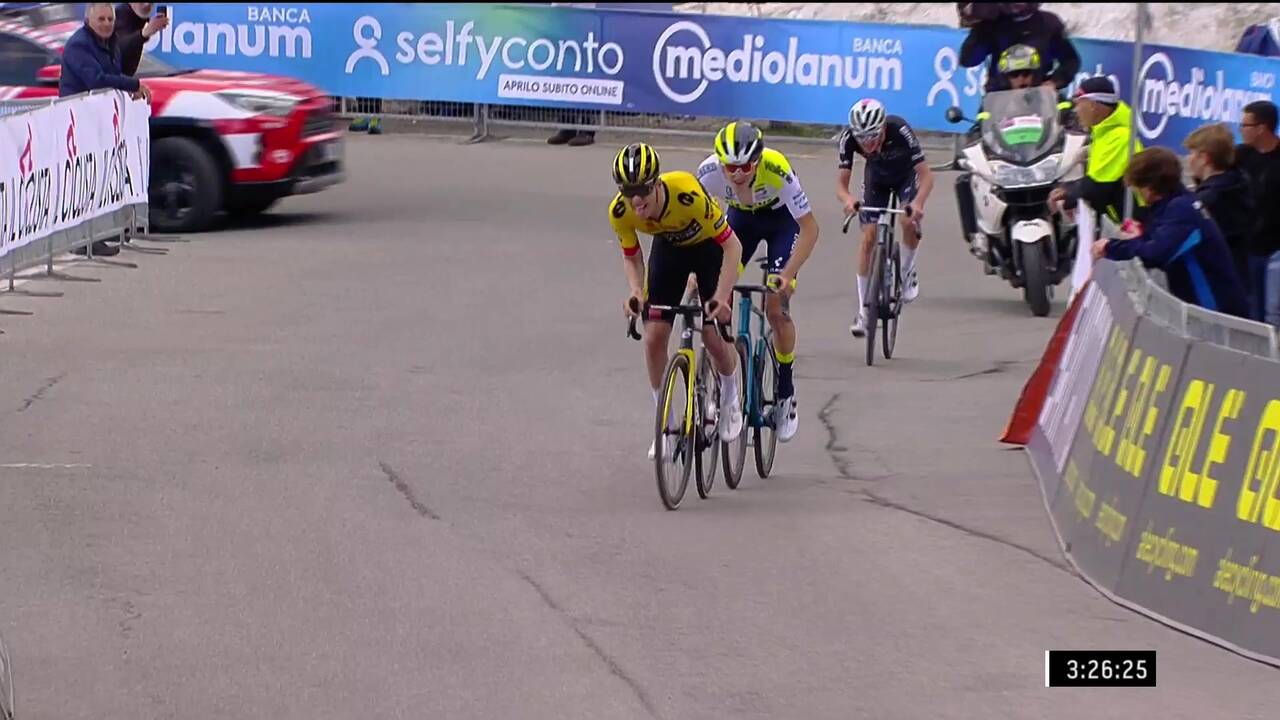
Giro Next Gen 2023 | Stage 4 | Last KM
14 Jun 2023

